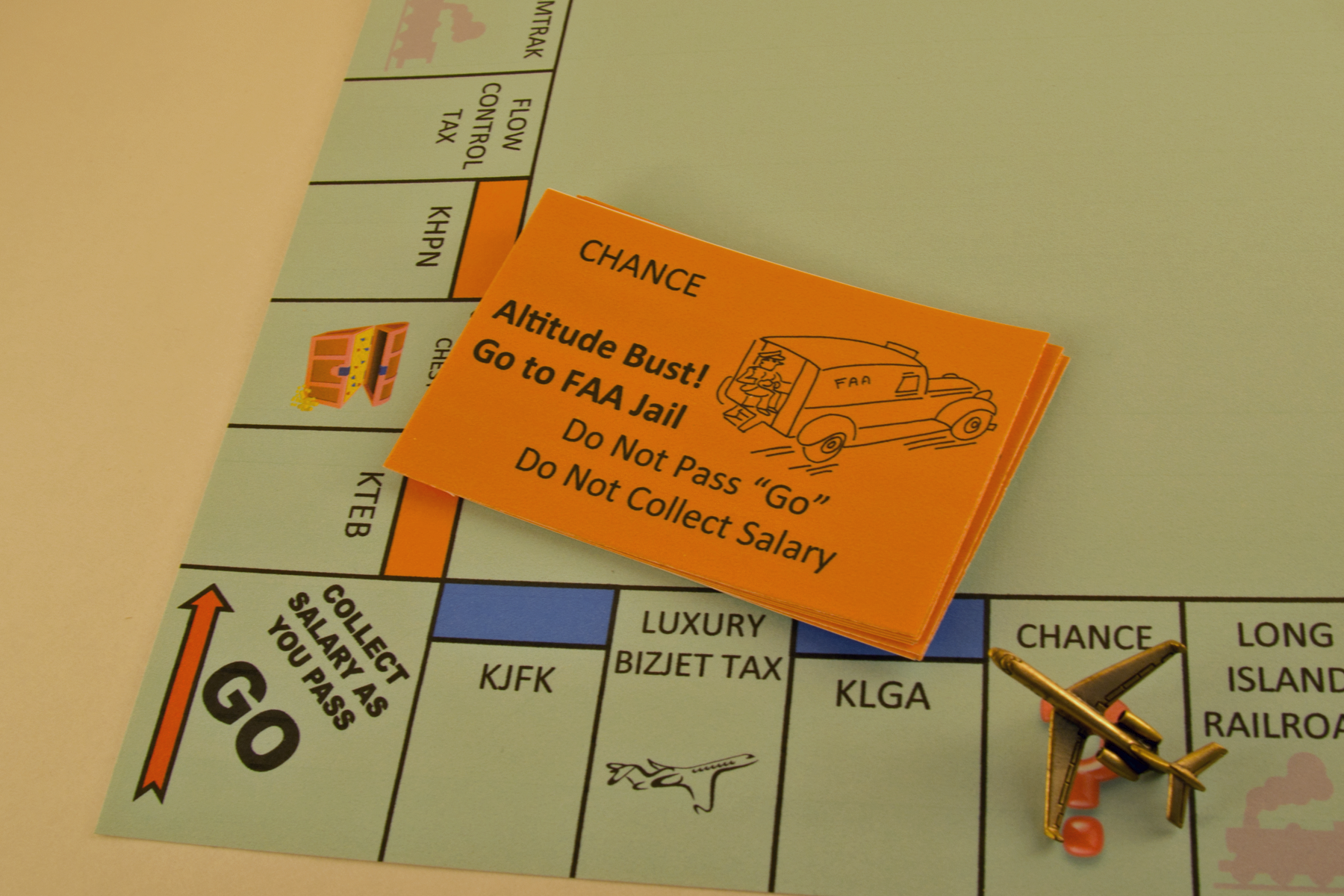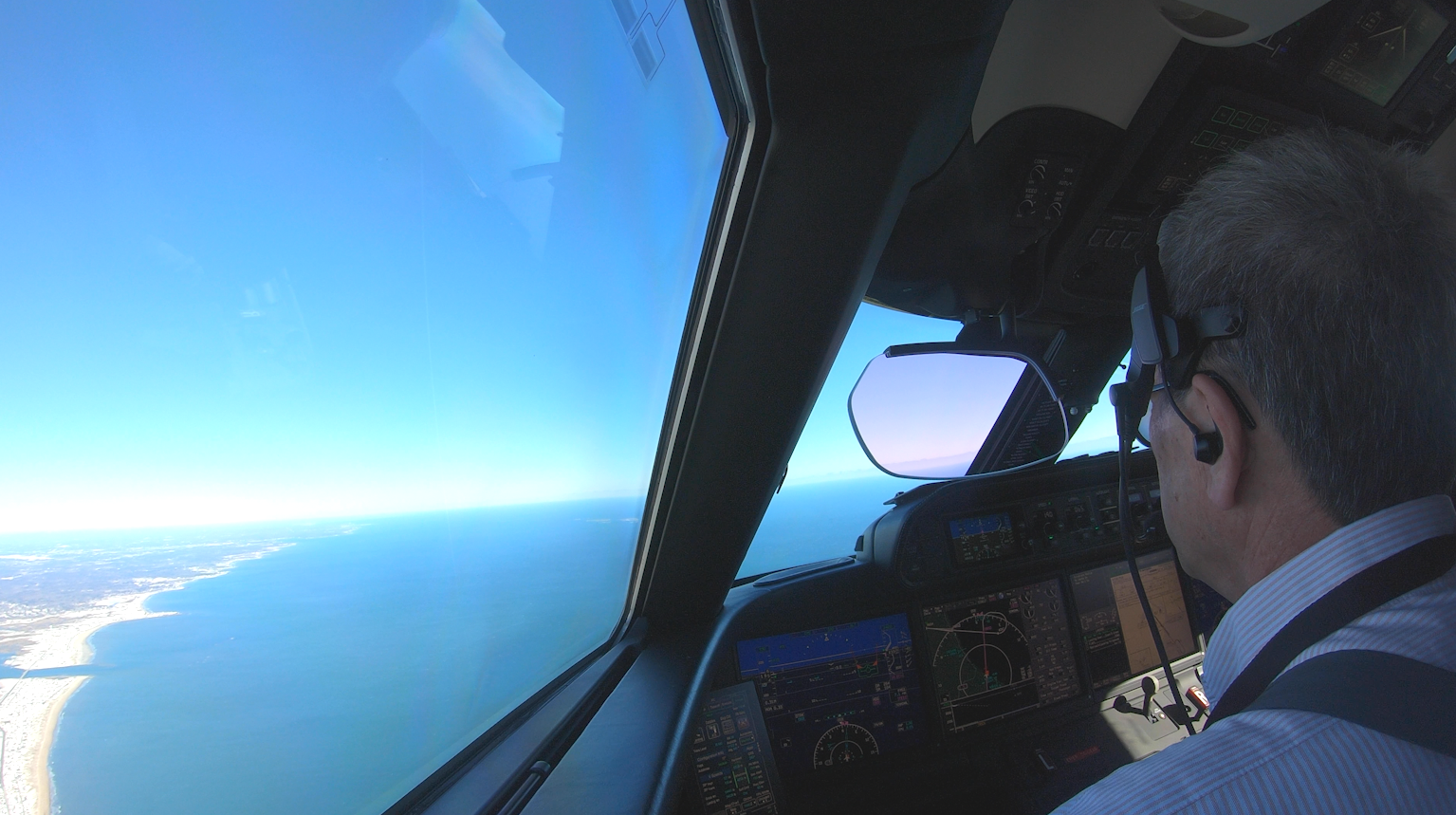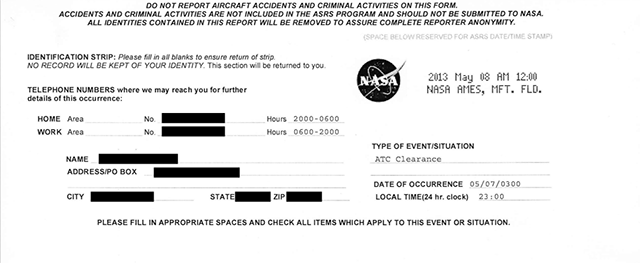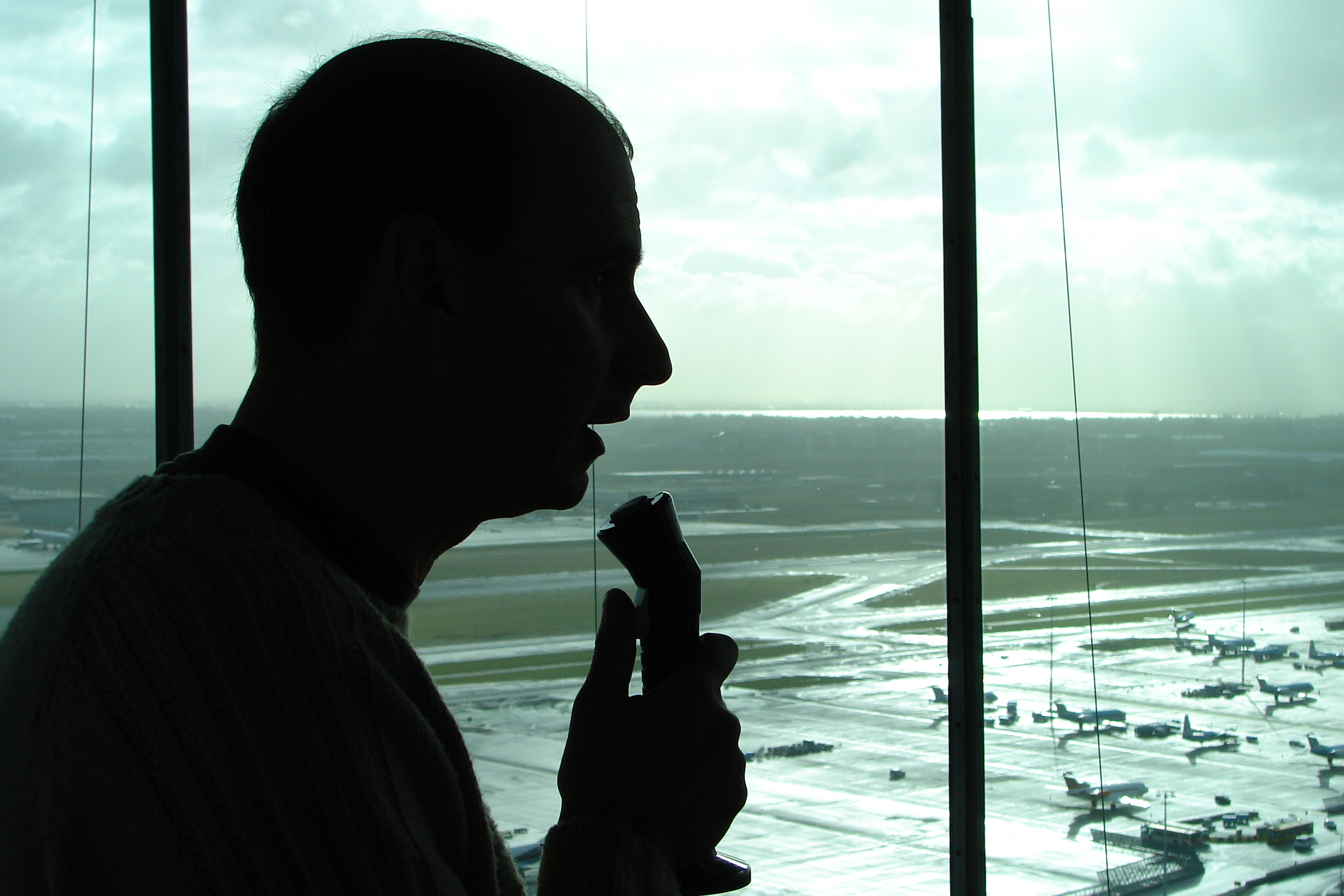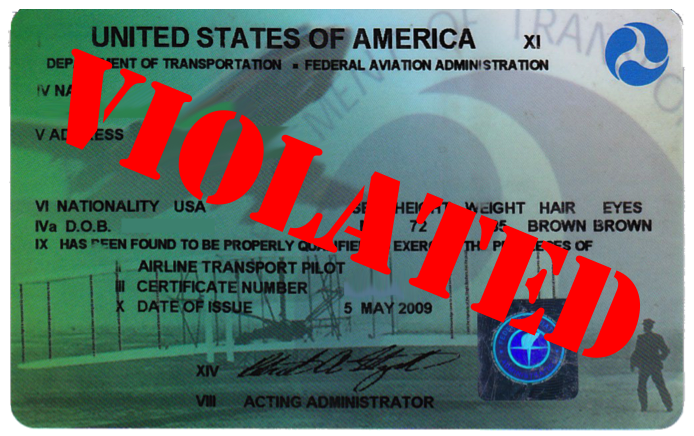One way to ruin an otherwise enjoyable flight is to have it conclude with tower or another air traffic control agency say, “I need you to give me a call, let me know when you are ready to take my phone number.” You can’t have been a professional pilot for more than a few years without hearing the tale of a fellow pilot who was presumed guilty until proven innocent. The good news is that the U.S. Federal Aviation Administration is now more interested in prevention of future events than any punitive actions. The bad news is that flying remains a complicated business, none of us are perfect, and these “call me when you land” events will continue.
— James Albright

Updated:
2021-05-01
I speak from some experience, I am afraid to say, having been asked to call eleven times in my short forty-plus-year career. The first six times was flying Air Force missions and if I told you about them, Tom Cruise would have to hunt you down and kill you. I was a standards pilot for a large management company years ago and was asked to investigate two altitude busts and one gross navigation error. Then there was reaction to an article I wrote in 2015, Absolute Authority, advising pilots to “lawyer up;” that is advice I still give but only in the rarest incidents. That leaves just one more event, which was more recent. It was, in fact, just a few weeks ago.
2 — Document the event and understand the FAA’s new motivation

1
Don't Panic!
I was flying a local training flight into Portsmouth International Airport, Pease, New Hampshire (KPSM) in early mid-February 2021 when we were handed from Boston Approach Control to Portsmouth Ground Controlled Approach (GCA) while watching several Visual Flight Rules (VFR) aircraft along the Atlantic coastline. It was one of those “clear and a million” days that was a welcome treat after a long hard winter. We briefed before the flight that VFR traffic would be our primary threat during the day, and that turned out to be true.
We were level at 4,000 feet when we checked in with GCA and were instructed to descend and maintain 3,000 feet, turn to a heading, and to expect vectors for the approach. As the GCA controller spoke, our aircraft’s Traffic Alert and Collision Avoidance System (TCAS) issued a “Descend!” Resolution Alert (RA) that required immediate action. I disengaged the autopilot and followed the TCAS’s guidance to descend. The TCAS is designed for each aircraft to negotiate a course of action to provide separation, so the other aircraft should have been given a “climb” or other instruction to stay out of our way. Even though the TCAS guidance agreed with the controller’s guidance, there are specific procedures to follow, which we executed perfectly. The Pilot Monitoring (PM) let the controller know we had a TCAS RA, I immediately executed the guidance to avoid the conflict, and the controller acknowledged. Once we were clear of the other aircraft, the PM let the controller know we were “clear of conflict,” and the controller again acknowledged. Once we were vectored onto the approach course, we were sent to tower’s frequency and we landed. Nothing else was said of the matter until we debriefed the flight. It was a textbook perfect TCAS RA event on our part:
Two days after the flight, our hangar manager got a call from airport operations at our home base, Hanscom Field, Bedford, Massachusetts (KBED), saying the Portsmouth tower was looking for the pilot in command on that day’s flight. The call made its way to me by Friday and I made the call, which went right to voice mail. So, I had the weekend to wonder what it was all about.
I have an advantage in all this, having survived twenty years as an Air Force pilot where this kind of scrutiny is par for the course. (Air Force Standardization motto: “Eating our young and asking for seconds!”) But still I had to replay the flight in my head, over and over.
2
Document the event and understand the FAA’s new motivation
If you find yourself on the receiving end of a “call me when you land” directive and you know something wasn’t quite up to your “A Game,” you should do your best to relive the event and write down what happened. But don’t do this thinking you need to cover up your action or the actions of your crew. This is a chance to recall things while they are still fresh.
I wrote about this delicate game of having to make the phone call in 2015, Absolute Authority. I made the case that the FAA is the judge, jury, and executioner in most disputes between pilot and controller. I based this on an altitude bust in 1994 where the pilot was proven to have readback the altitude he thought he heard but was still violated because, “an error of perception does not constitute a reasonable explanation for a deviation from a clearly transmitted clearance or instruction.” The ruling went on to say, “inattentiveness or carelessness is presumed.”
I was contacted by an FAA inspector about this. He agreed that “the presumption of guilt definitely used to be the case, sadly.” But he assured me things have changed. Their attitude has become, “please tell me what happened. We are seeking to understand how/why the misstep happened.”
We pilots have heard this before. In 1975 the FAA enlisted the help of the National Aeronautics and Space Administration (NASA) to act as an independent third party to receive and process Aviation Safety Reporting System (ASRS) submissions from pilots, controllers, and other users of the National Airspace System. The intent was very good, of course. Allowing the free, unrestricted flow of information gave the FAA the data it would not normally get to expose problems and then take the necessary corrective actions.
In return, it was said, licensed pilots, air traffic controllers, dispatchers, mechanics, and others would get a form of immunity, a “get out of jail free” card of sorts. But it doesn’t really work that way. While 14 CFR 91.25 generally prohibits the use of any ASRS submission in any disciplinary action, it does not prohibit enforcement action.
But in the years since, I’ve heard more and more stories from pilots where the “call me” event ended with nothing more than, “okay, thanks for letting us know.”
3
Make the call, honestly
A few years after my “you are guilty until proven innocent” article, I heard from a contract Gulfstream pilot who wanted me to know about a flight he had visiting Hanscom Field. He was in the right seat as the Pilot Flying (PF) made a perfect pattern entry to Hanscom Field. He said he made all the right radio calls and assumed tower had cleared them to land. After checking in with ground control he was asked why he never checked in with tower. It was then he realized he entered the wrong frequency. He got one of those “get ready to copy my phone number” calls. He made the call and explained how he missed the frequency by one digit, made all the calls and somehow imagined tower’s response. The tower controller said, “oh, I guess that explains it. How can you prevent that from happening again?” The hapless pilot said, “prepare better for an airport I’m not familiar with, let the other pilot know when he was getting behind, and to pay better attention!” The tower controller agreed and that was the end of that.
I spoke with the tower manager about the incident, and he told me that it was a “no harm, no foul” incident so long as the pilot was well intentioned and appeared to be genuinely concerned about doing things the right way. I asked him, “if he showed any attitude, would that have changed your attitude?” At first, he said no, but then he said, “maybe.”
I was thinking about that incident over the weekend after my latest request for a phone call, hoping I could come away as unscathed. I finally got in touch with the tower manager who told me they wanted to know when and where the RA happened, since neither approach control or GCA reported it. It was a pleasant phone call and the manager thanked us for coming by as often as we do. “Don’t be a stranger!”
4
If all else fails, lawyer up
If things become more serious, you might expect to see a Letter of Investigation (LOI). Under FAA Order 2150.3C, an LOI will not be issued unless evidence shows that a violation may exist. The LOI is sent by certified mail, return-receipt requested, or by registered mail. It normally specifies a 10-day time for reply. The stated intent of the LOI is “learning the other side of the story.” I have met with FAA “headhunters” who were out for pilot scalps, but not in many years. I have contacts inside the organization who assure me those days are over. But as a professional pilot, this is your livelihood we are talking about.
Your next stop should be with a lawyer who specializes in defending against FAA enforcement actions. Find a lawyer who has an established reputation with the FAA who can give you an honest assessment of your chances and the best way to pursue your case. If you are a member of the AOPA, you can receive a lawyer at no cost for up to 10 hours at the time of this writing. (http://pilot-protection-services.aopa.org)
In the end, the FAA may decide you are innocent or that there is insufficient evidence to issue a violation. If the FAA decides a violation did occur, you could end up with oral or written counseling, remedial training, instructions to voluntarily surrender your certificate, a suspension of your certificate, revocation of your certificate, civil penalties, and various combinations of each. While appeals to the NTSB are possible, the board is required to defer to the FAA in most cases.
5
Realize the goal is safety
I can tell you that hearing, “I’d like you to call me when you land,” can be a stress inducing event. Subconsciously, even if you feel certain you’ve done nothing wrong, you know it can be a “career enhancing” moment that could end badly. From personal experience, and from those I know and trust, I have come away with a few ideas that should serve you well if this happens to you. Don’t panic. The person asking you to call is on your side, and may just need some help understanding what happened. Document everything. Not because you expect to end up in court, but to keep the events fresh in your mind. Having notes that you wrote on the day of the event establishes a paper trail that is far more valuable than a statement that begins, “As far as I can recall . . .” Be honest. If you made a mistake, fess up. Nobody is out to collect your scalp and everyone realizes aviation is a complicated business; we all make mistakes. But if you do end up with a Letter of Investigation, seek legal counsel. Not because “they” are out to get you. But because this is your livelihood we are talking about. Make sure someone who has been there before helps you the first time it happens to you.
